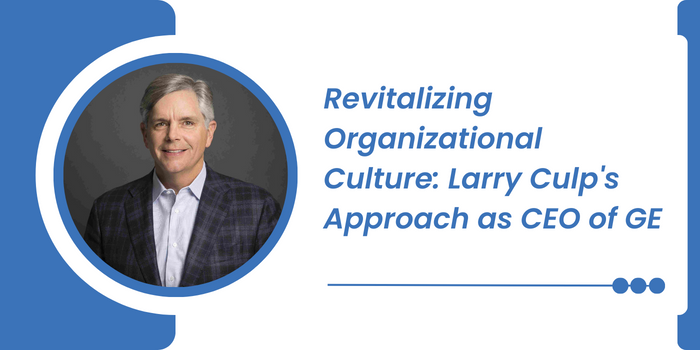
Lean transformation roles are surging in Q4 2025.
According to recent LinkedIn data, demand for candidates with Lean skills and experience has increased by 25% late in 2025 – a clear sign that organizations are now prioritizing transformation talent to navigate today’s challenges.
This data confirms what we’ve been hearing in conversations with our clients and candidates as Operations leaders face increased margin pressures.










